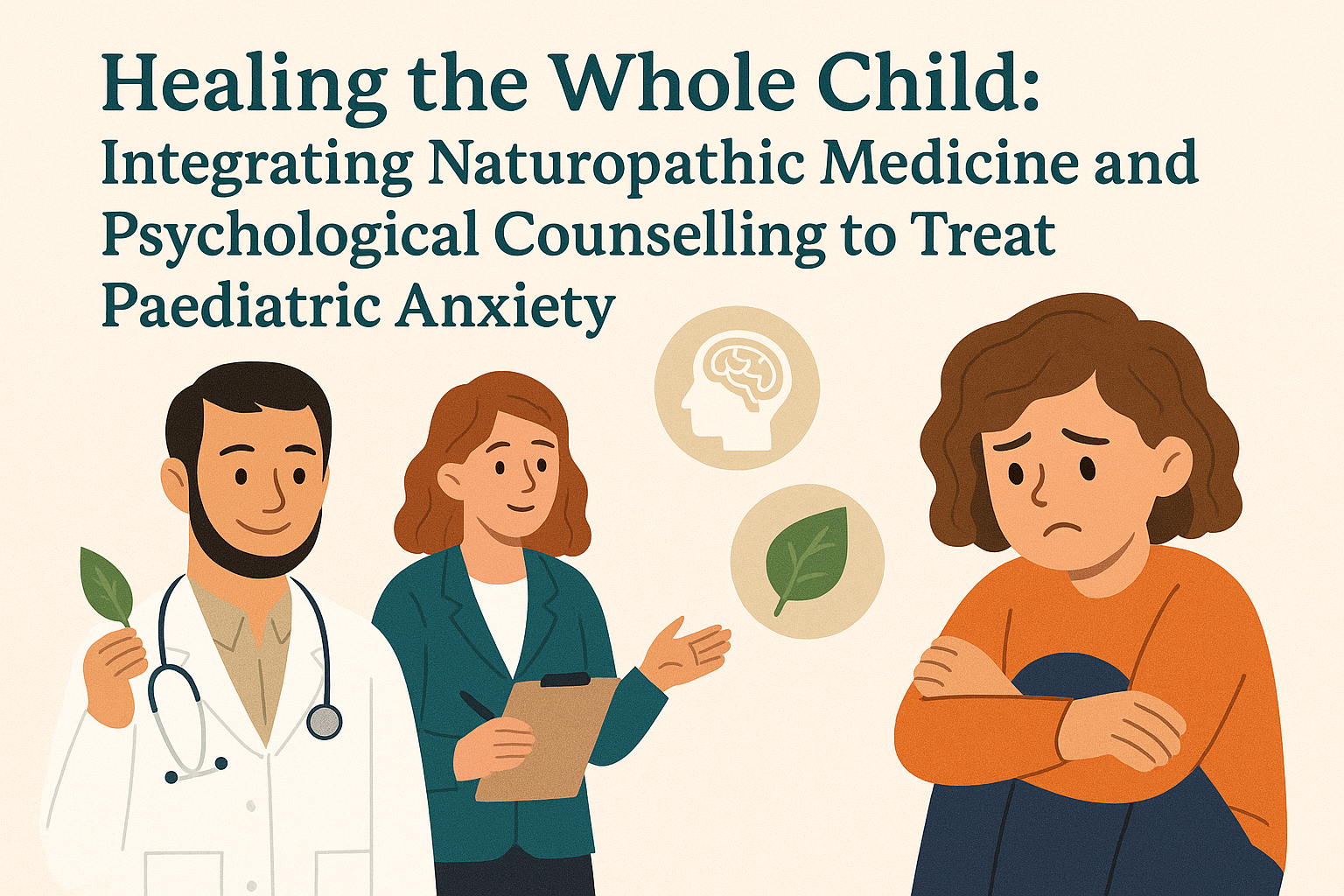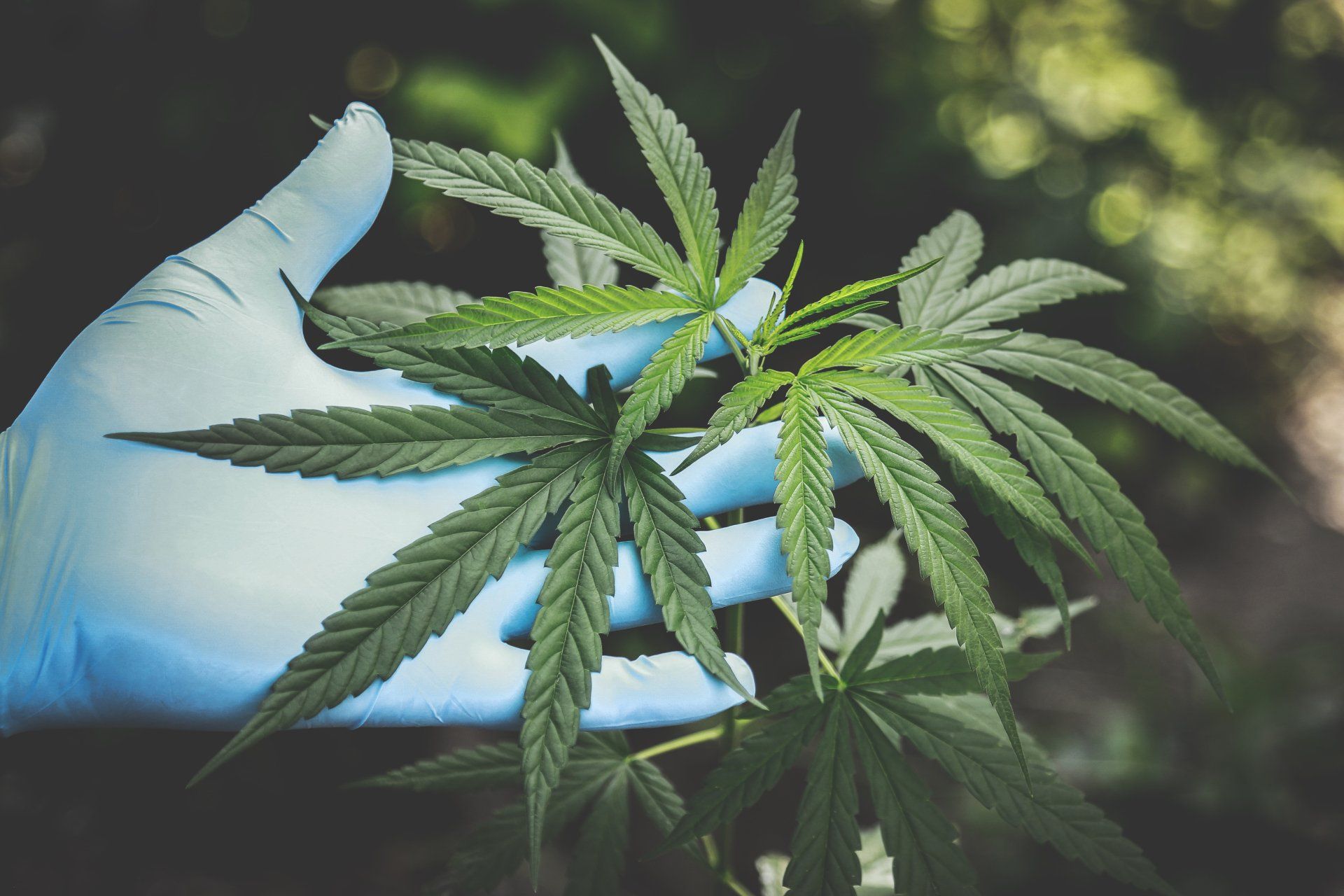The Importance of Omega-3 for Kids
In the realm of childhood nutrition, few nutrients garner as much attention as Omega-3 fatty acids. Renowned for their virtues in the realms of cognitive development, behavioural stability, and growth. Omega-3s have become a staple in discussions on raising healthy children. But what makes these fats—often touted as the good kind—so critical for young ones, and how can parents ensure their children receive the optimal amount of these essential nutrients?
This comprehensive blog post is structured to offer a deep dive into the significance of Omega-3s in kids' diets, discussing their sources, benefits, addressing deficiency concerns, and practical tips for integrating them into your child's menu.
What are Omega-3 Fatty Acids?
Omega-3 fatty acids are a group of polyunsaturated fatty acids (PUFAs) that play crucial roles in the body's development and functioning. The three most important types are α-linolenic acid (ALA), eicosapentaenoic acid (EPA), and docosahexaenoic acid (DHA). ALA is found in plant oils, while DHA and EPA are primarily found in marine oils and are most readily absorbed by the human body.
Sources of Omega-3 for Kids
For children, it's essential to obtain a balance of Omega-3s from various sources to foster healthy growth and development. While fish and fish oils are the richest natural sources of DHA and EPA, ALA is abundant in various nuts and seeds such as flaxseed, chia seeds, and walnuts. It's worth noting that the body's conversion of ALA to DHA and EPA is not very efficient, particularly in children, making direct sources of fish crucial for kids' diets.
Benefits of Omega-3 for Kids
The value of Omega-3s in child nutrition is multi-faceted, with notable advantages for brain health, behaviour, and vision.
Cognitive Development and Brain Health
Omega-3s are integral components of cell membranes, including those in the brain. Incorporating sufficient DHA into a child's diet, particularly during fetal development and early infancy, can significantly impact a child's cognitive function throughout life. Research suggests a link between adequate Omega-3 intake and improved academic outcomes and lower risks of developmental disorders.
Behavioural Improvements
Parents often report noticeable changes in their child's behaviour when Omega-3s are introduced or increased in their diet. Studies have pointed to reduced hyperactivity, impulsivity, and aggression in children with higher Omega-3 levels. The incorporation of these fatty acids can be especially beneficial for children with developmental disorders like ADHD.
Eye Health and Vision
The eyes contain high levels of DHA, which plays a crucial role in eye development and health. Omega-3s are considered to be protective against macular degeneration, helping to maintain sharp vision as kids grow and age.
Omega-3 Deficiency in Children
Despite the known benefits, Omega-3 deficiency in children is a common concern, particularly in Western diets that tend to be low in seafood and other rich sources of these fatty acids.
Signs of Omega-3 Deficiency
Symptoms of Omega-3 deficiency can manifest in various forms, including poor memory, dry skin and hair, fatigue, poor sleep, weakened immune function, and mood imbalances. In more severe cases, deficiency can hinder neurological and vision development.
Impact on Growth and Development
Omega-3 deficits have been linked to stunted growth and delayed motor skills. The impact can extend into adulthood, affecting an individual's overall health and potential, making early intervention a critical aspect of a child's development.
Incorporating Omega-3 into Kids' Diets
Ensuring that children receive adequate Omega-3s is about more than just a weekly serving of fish. Here's how to incorporate these critical fatty acids into their daily meals.
Food Sources Rich in Omega-3
Including a variety of oily fish such as salmon, mackerel, and sardines, as well as plant-based sources like flaxseeds, in your child's diet is an effective strategy to boost Omega-3 intake. Be mindful of portion size and mercury content for various fish choices, especially for younger children.
Supplements and Considerations
In cases where it is challenging to include fish or other Omega-3-rich foods in a child's diet, supplements can be an option. However, it is essential to consult with a healthcare professional to determine the appropriate dosage and form of supplement.
To receive a list of my favourite Omega-3 supplements for kids visit my online dispensary and create an account. https://ca.fullscript.com/welcome/doctorshawnnd
Expert Insights
Recommendations and Dosage Guidelines
Experts recommend the following daily intake of Omega-3s for kids:
Children 1-3 years old: 700 milligrams per day
Children 4-8 years old: 900 milligrams per day
Children 9-13 years old: 1,200 milligrams per day
These recommendations are not only helpful for parents but also crucial for the healthcare community to help guide children and their guardians towards optimal nutrition.
Addressing Common Concerns
Many parents have valid concerns about introducing new foods or supplements to their children's diets. Here's how to address some of the most frequent worries.
Allergies and Side Effects
Allergies to Omega-3-rich foods are rare, but it's always best to introduce new foods gradually to watch for any adverse reactions. Additionally, side effects from Omega-3 supplements are usually mild, such as belching or a fishy aftertaste, and can often be mitigated by changing the supplement form or brand.
Best Practices for Introducing Omega-3 to Children
When introducing new foods, particularly those with strong flavours like fish, it's beneficial to start with small portions and in familiar dishes to help children acclimate to the taste and texture.
Conclusion
Omega-3s are not just the latest dietary fad; they are essential for the vibrant health and well-being of our children. With their multitude of benefits and the prevalence of deficiency concerns, parents should be proactive in ensuring their children receive adequate amounts of these essential nutrients. By understanding the significance, acquiring practical tips for incorporation, and consulting experts, parents can confidently make Omega-3s a staple of their child's lifelong nutrition.









